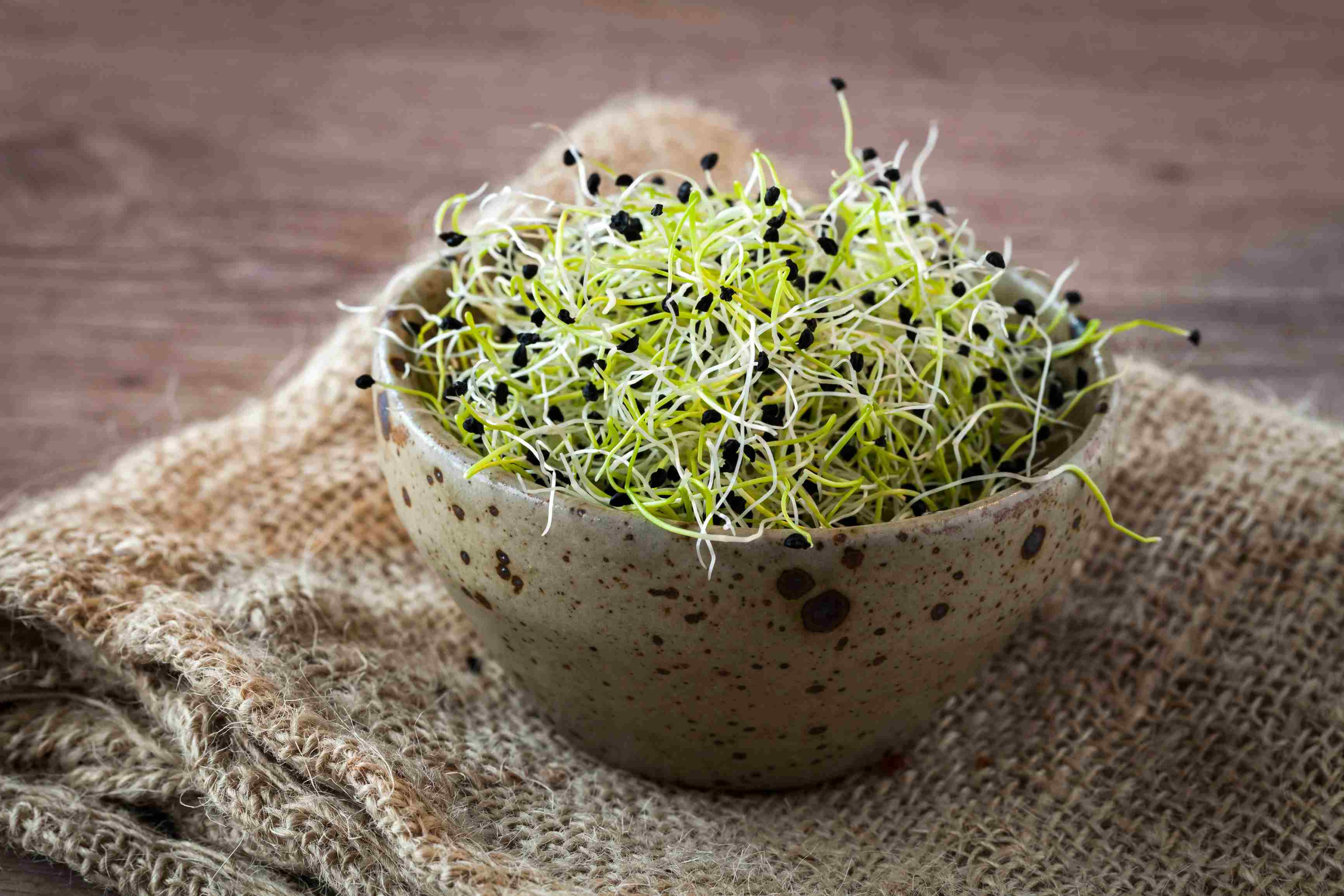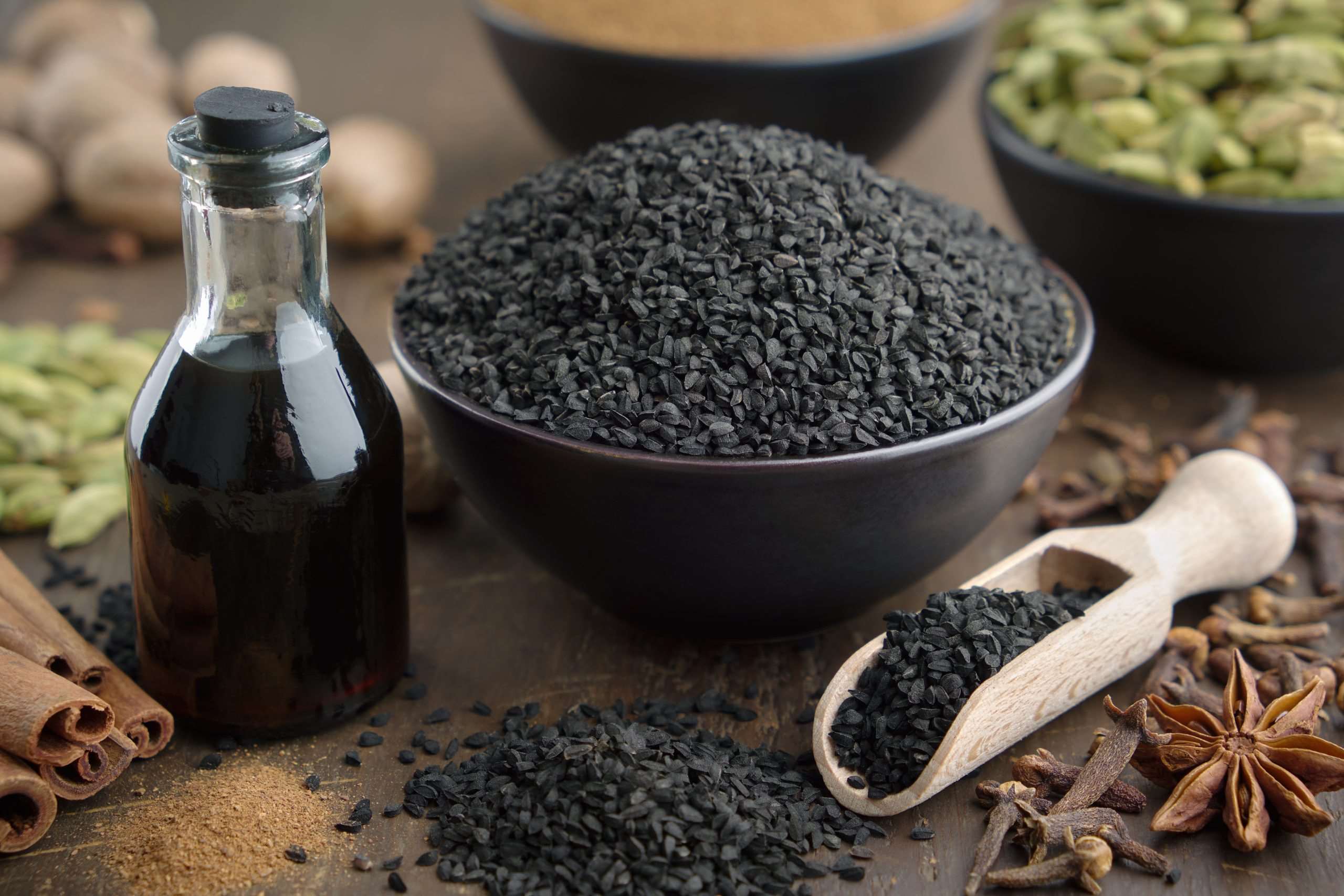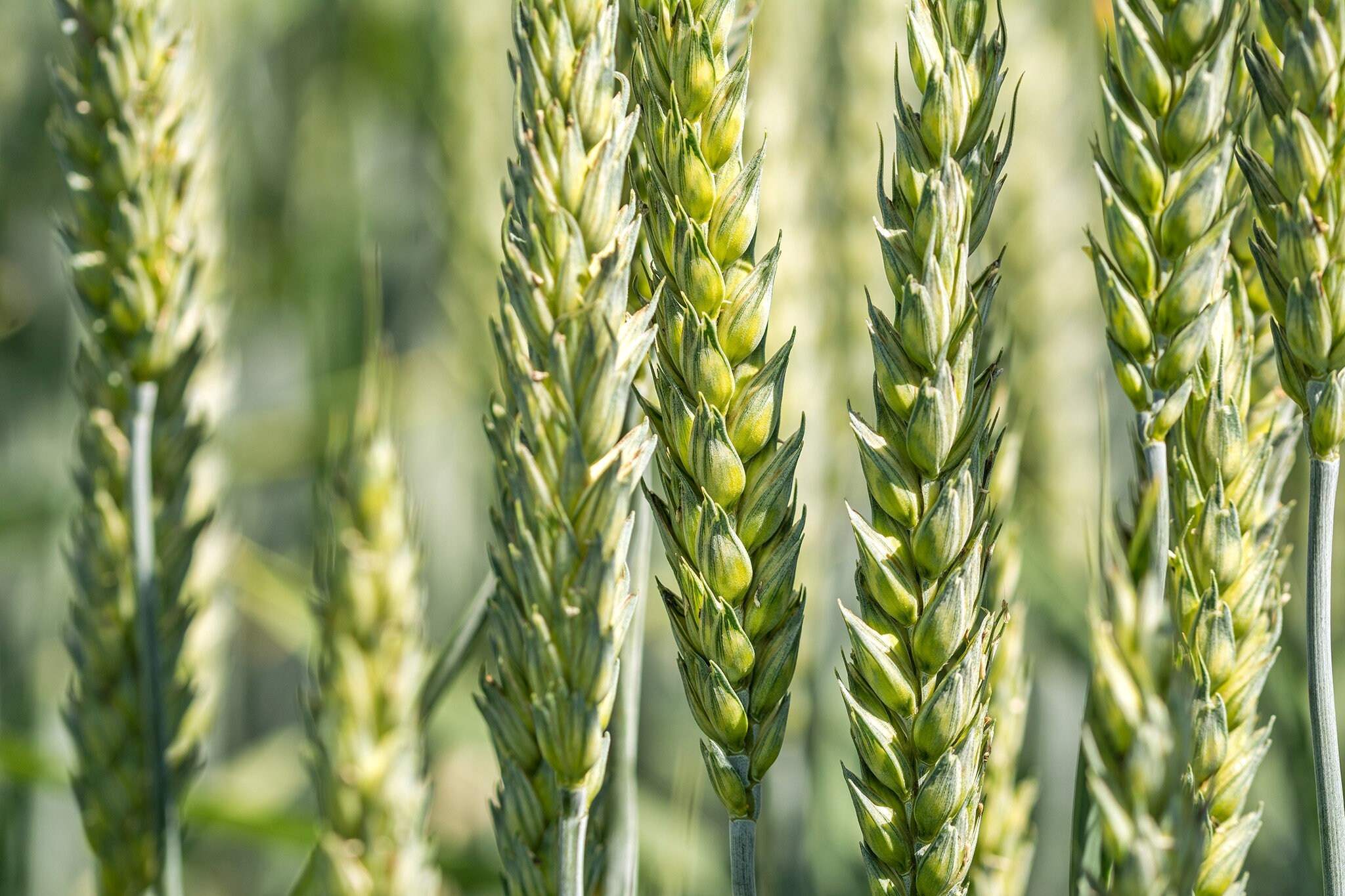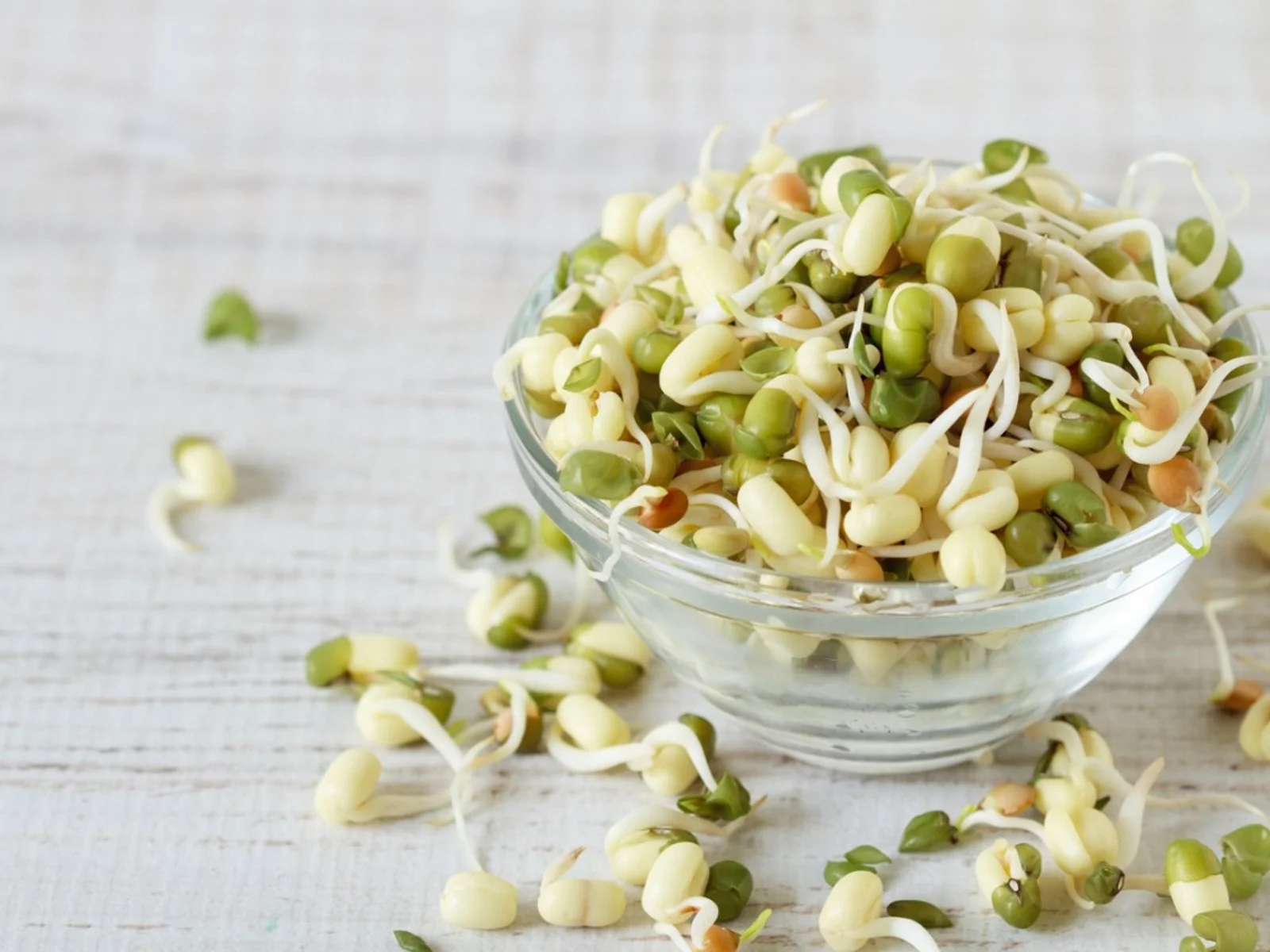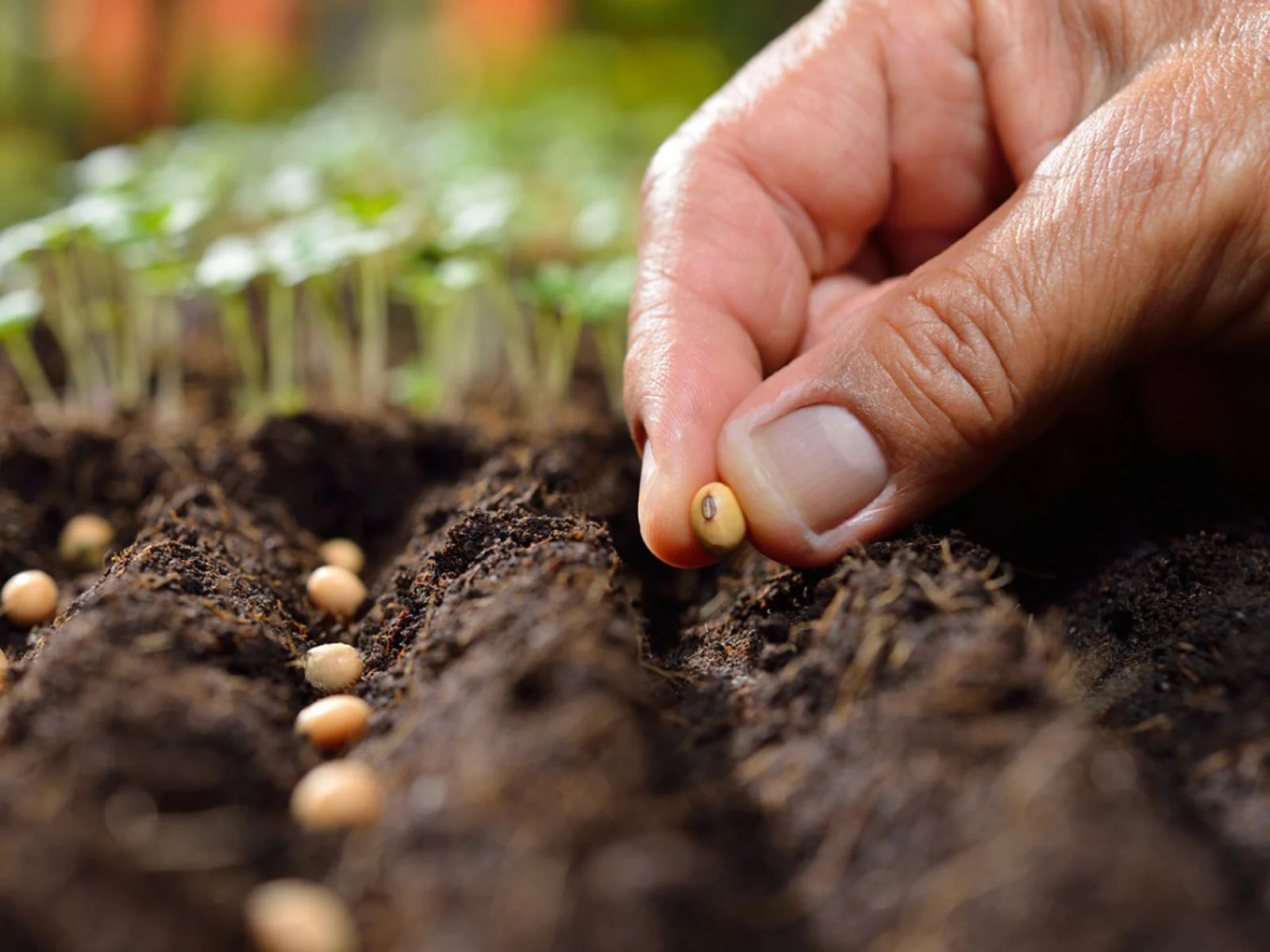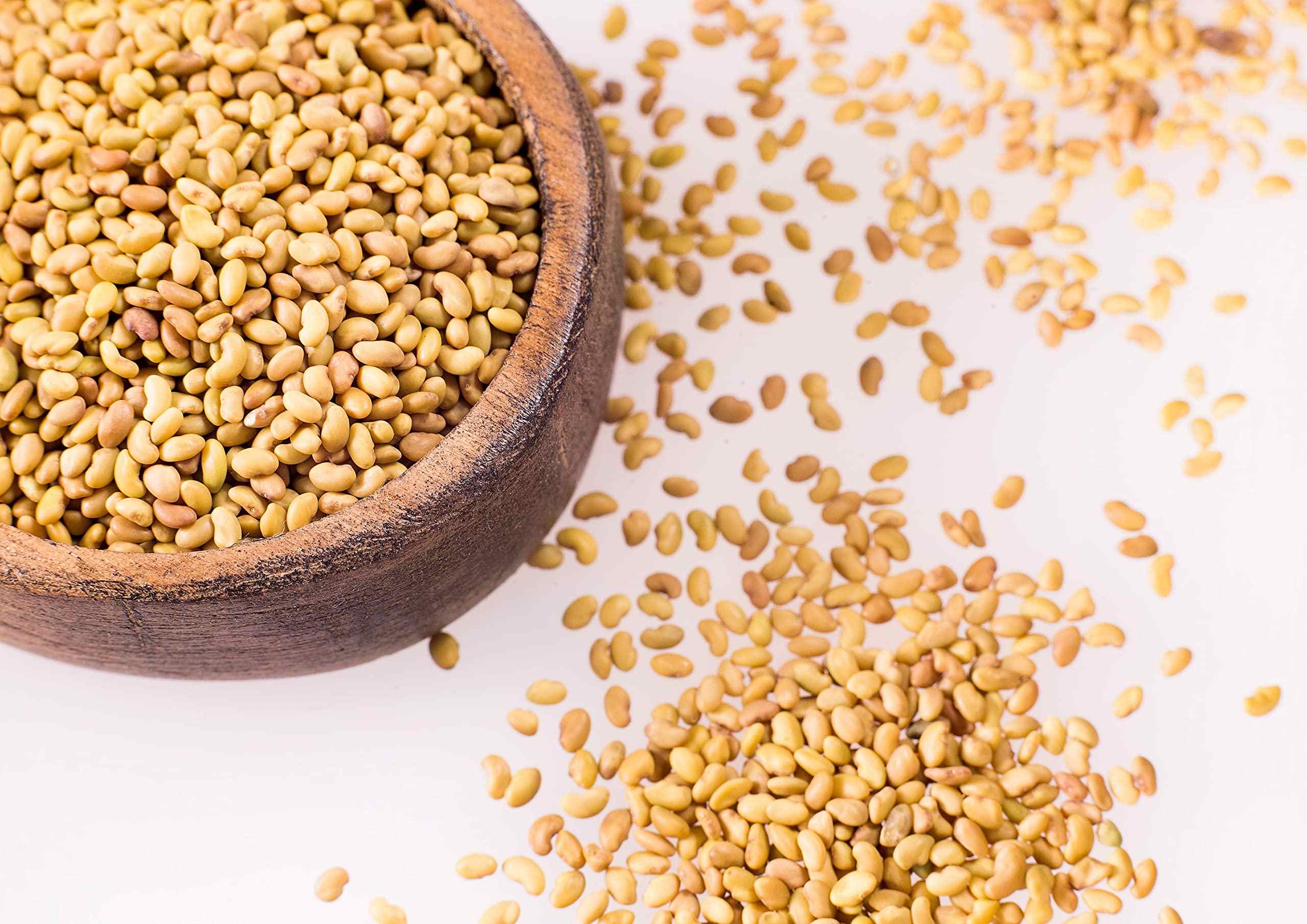Home>Types of Gardening>Edible Gardening>Where Are Strawberry Seeds
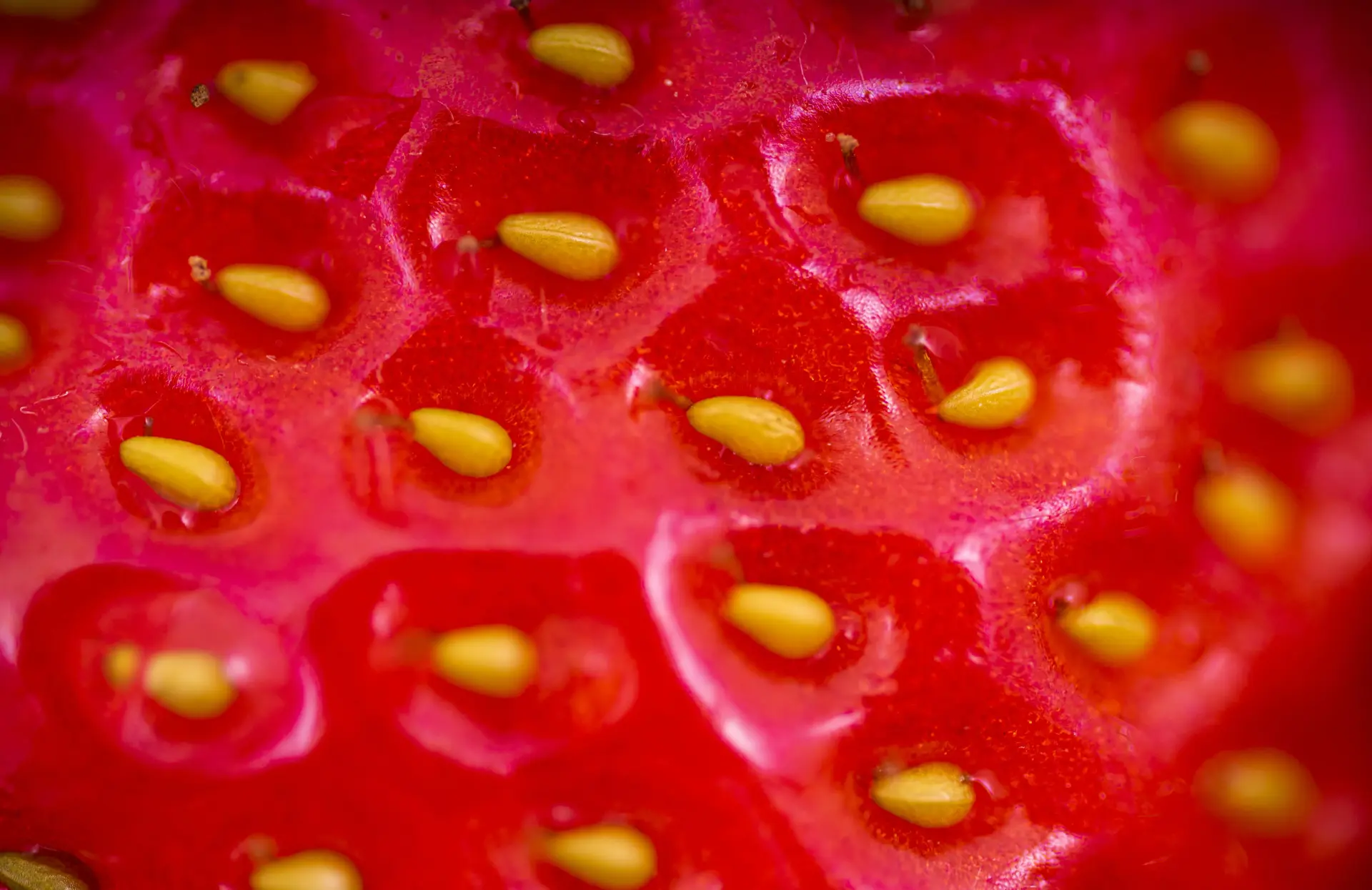

Edible Gardening
Where Are Strawberry Seeds
Modified: January 22, 2024
Learn where strawberry seeds come from and how to grow them in your edible gardening endeavors.
(Many of the links in this article redirect to a specific reviewed product. Your purchase of these products through affiliate links helps to generate commission for Chicagolandgardening.com, at no extra cost. Learn more)
Table of Contents
Introduction
Welcome to the fascinating world of edible gardening! If you’re a gardening enthusiast or simply enjoy growing your own fruits and vegetables, you’ve likely come across the topic of strawberry seeds. Strawberries are a beloved fruit, known for their vibrant red color, sweet flavor, and versatile use in a wide range of culinary delights.
However, there is often confusion surrounding the presence of seeds in strawberries. Many people wonder “where are strawberry seeds?” or even question if strawberries have seeds at all. In this article, we will delve into the anatomy of strawberries, debunk common misconceptions, and explore the truth about strawberry seeds.
Understanding the intricate details of strawberry anatomy can help unravel the mystery of their seeds. By gaining a deeper understanding of how these tiny seeds are formed and their role in the reproductive process, you’ll be better equipped to appreciate the complexity of nature and make the most of your edible gardening experience.
So, let’s embark on this journey to unveil the truth about strawberry seeds and discover the wonders that lie within these delicious fruits. Whether you’re a novice gardener or a seasoned pro, this article aims to provide you with valuable insights and answers to all your burning questions about strawberry seeds.
Understanding Strawberry Anatomy
Before we dive into the specifics of strawberry seeds, let’s first take a closer look at the anatomy of a strawberry. Strawberries belong to the Rosaceae family and are considered an aggregate fruit, meaning they are formed from multiple ovaries within a single flower. The fleshy part of the strawberry that we enjoy is actually the enlarged receptacle, or the base of the flower, where the ovaries are located.
Upon closer examination, you’ll notice that the surface of a strawberry is adorned with small, dot-like structures. These are called achenes, and they are often mistaken for seeds. However, achenes are not true seeds. Instead, they are the fruits themselves, each containing a tiny seed on its outer surface.
The achenes on a strawberry are actually the matured ovaries of the flower, which have developed into miniature fruits. Each achene houses a single seed that has the potential to germinate and grow into a new strawberry plant under the right conditions.
While the achenes may seem like small and insignificant structures, they play a vital role in the strawberry’s reproductive process. They act as the vehicles for dispersing the strawberry’s seeds, allowing for the propagation of new plants and the continuation of the species.
Now that we have a basic understanding of the anatomy of a strawberry, let’s move on to dispelling some common misconceptions about strawberry seeds and unravel the truth behind them.
The Misperception about Strawberry Seeds
When it comes to strawberry seeds, there is a prevalent misperception that strawberries do not have seeds. This belief may stem from the fact that the seeds in strawberries are small, often unnoticed, and have a different appearance compared to what we typically associate with seeds.
Many people assume that the tiny achenes on the skin of a strawberry are just specks or imperfections, rather than actual seeds. This misconception can be attributed to the popular image of strawberries as smooth and seedless fruits often depicted in media and advertisements.
Moreover, some commercially available strawberries are bred to have a smaller number of achenes, giving the impression that they are seedless. However, it is important to note that even in these cases, the achenes are still present, albeit in reduced numbers.
It’s crucial to dispel this misperception and recognize that strawberries do indeed have seeds. While they may be small, they are an integral part of the fruit’s reproductive process and carry the potential to grow into new strawberry plants.
Now that we have clarified this misconception, let’s dig deeper into the truth about strawberry seeds and explore their fascinating characteristics.
The Truth: Strawberry Seeds Explained
Now that we’ve debunked the misconception surrounding strawberry seeds, let’s uncover the truth about these tiny yet significant structures. As mentioned earlier, the “seeds” in strawberries are actually the achenes, which are the fruits themselves.
Each achene contains a small, dormant seed on its outer surface. These seeds have protective seed coats that safeguard them from environmental factors such as moisture and physical damage. When conditions are favorable, these seeds can germinate and develop into new strawberry plants.
While the achenes serve as the carriers of strawberry seeds, they have an interesting role to play in the fruit’s overall flavor and texture. The achenes give strawberries their characteristic slightly crunchy texture, and they contribute to their overall flavor profile by adding a hint of nuttiness.
Furthermore, the number of achenes on a strawberry can vary significantly. Some strawberries may have many small achenes densely packed on the surface, while others may have larger achenes, giving the fruit a more pronounced texture and appearance. This natural variation in the number and size of achenes is part of what makes each strawberry unique.
It’s important to note that the small size of strawberry seeds does not make them any less viable or valuable. In fact, these tiny seeds hold immense potential for gardeners and farmers. They can be collected from ripe strawberries and used to propagate new strawberry plants, allowing for a continuous supply of fresh strawberries in your garden or farm.
Next, let’s explore how to identify strawberry seeds and distinguish them from other structures present in the fruit.
How to Identify Strawberry Seeds
Identifying strawberry seeds can be a fun and rewarding experience. While they may be small and often overlooked, they have distinct characteristics that set them apart from other structures in the fruit. Here are some tips on how to identify strawberry seeds:
- Observe the surface: Look closely at the surface of a strawberry, and you’ll notice small dot-like structures. These dots are the achenes, which contain the strawberry seeds. The achenes are typically dark in color, ranging from black to reddish-brown.
- Feel the texture: Gently run your fingers over the surface of a strawberry, and you’ll notice a slight bumpiness or roughness. This texture is caused by the presence of the achenes, indicating the location of the seeds.
- Look for the embedded seeds: If you cut a strawberry in half or slice it, you can easily spot the achenes embedded within the fruit. The seeds are attached to the outer surface of the achenes, giving them a speckled appearance.
- Compare with other structures: Differentiate the achenes from other parts of the strawberry, such as the receptacle and the flesh of the fruit. The achenes have a distinct shape and color, making them easily identifiable once you know what to look for.
- Notice the variation: Keep in mind that the number and size of achenes can vary from one strawberry to another. Some strawberries may have more densely packed achenes, while others may have larger and more pronounced ones. Embrace and appreciate the natural variation in strawberry seeds.
By familiarizing yourself with these identifying features, you’ll be able to confidently recognize and appreciate the seeds in strawberries. Whether you’re enjoying strawberries as a delicious snack or planning to grow your own plants, knowing how to identify strawberry seeds adds to the overall experience of interacting with these delightful fruits.
Now that we’ve explored how to identify strawberry seeds, let’s delve into their function in the reproductive process of strawberries.
The Function of Seeds in Strawberry Reproduction
The seeds in strawberries play a crucial role in their reproductive process. They are part of nature’s ingenious strategy to ensure the continuation of the species. Let’s explore the function of seeds in the reproduction of strawberries:
1. Reproduction and Propagation: The primary function of seeds in strawberries is to facilitate reproduction. When a strawberry flower is pollinated, the pollen fertilizes the female ovules, located within the ovaries. This fertilization process triggers the development of the seeds within the achenes.
2. Dispersal Mechanism: Once the seeds mature within the achenes, their purpose shifts to dispersal. Animals and birds are attracted to the sweet, juicy fruits of strawberries. As they consume the fruit, they inadvertently consume the achenes along with it. The seeds pass through their digestive system and are subsequently deposited in different locations, aiding in the dispersal and colonization of new strawberry plants.
3. Dormancy and Germination: Strawberry seeds have a built-in dormancy period, during which they remain inactive. This dormancy allows the seeds to survive unfavorable conditions such as extreme temperatures or drought. When conditions become conducive for growth, the seeds break their dormancy and germinate, giving rise to new strawberry plants.
4. Genetic Variation: The seeds in strawberries also contribute to genetic variation. Through sexual reproduction, the combination of genetic material from different parent plants leads to variations in traits and characteristics among the offspring. This genetic diversity enhances the resilience of the strawberry population, enabling them to adapt to changing environmental conditions.
By understanding the vital function of seeds in the reproduction of strawberries, we can appreciate the intricate process behind the growth and propagation of these beloved fruits. Now, let’s address some common questions and misconceptions about strawberry seeds.
Common Questions about Strawberry Seeds
When it comes to strawberry seeds, there are several common questions and misconceptions that often arise. Here, we address some of these frequently asked questions to provide clarity and information:
- Are strawberry seeds edible? Yes, strawberry seeds are edible. They are tiny and pose no harm when consumed. In fact, they add a slight crunch to the texture of the fruit and are often consumed along with the fleshy part of the strawberry.
- Can strawberry seeds be planted? Absolutely! Strawberry seeds can be planted to grow new strawberry plants. However, it’s important to note that growing strawberries from seeds can be a longer and more challenging process compared to other methods such as propagating through runners.
- Do all strawberries have the same number of seeds? No, not all strawberries have the same number of seeds. The number and size of seeds can vary between different types and varieties of strawberries. Additionally, individual strawberries within the same plant can also have variations in the number of seeds.
- Can I grow strawberries from store-bought fruit? While it is possible to grow strawberries from store-bought fruit, there are a few factors to consider. Store-bought strawberries are often hybrid varieties, and their seeds may not produce identical plants. Additionally, commercial strawberries are sometimes treated to prevent germination. It is recommended to obtain seeds or young plants from reputable sources for consistent and successful results.
- Are there seedless varieties of strawberries? While some commercially available strawberries are bred to have fewer achenes, there is no true seedless variety of strawberries. Even these strawberries still contain some achenes, albeit in reduced numbers.
By addressing these common questions, we hope to provide clarity and accurate information about strawberry seeds. Now, let’s explore some of the culinary uses for strawberry seeds.
Culinary Uses for Strawberry Seeds
Strawberry seeds not only add a delightful crunch to the texture of the fruit but they can also be used in various culinary creations. Here are some creative and delicious culinary uses for strawberry seeds:
- Jam and Preserves: Strawberry seeds can be incorporated into homemade jams and preserves, adding a rustic texture and visual appeal. The seeds add a subtle nuttiness to the sweet and fruity flavors of the preserve.
- Baking: Crushed or ground strawberry seeds can be added to baked goods such as muffins, cakes, and cookies, providing a unique texture and a touch of strawberry flavor. They can also be used as a delectable topping for pies and crisps.
- Salad Dressings: Finely ground strawberry seeds can be used as a natural thickening agent in salad dressings, providing a subtle strawberry essence along with the thickness. They add depth and character to both sweet and savory dressings.
- Smoothies and Beverages: Blending whole strawberries, including the seeds, in smoothies adds an extra nutritional boost and a light crunch. The seeds can also be strained and added to lemonades, mocktails, or infused waters for a touch of flavor.
- Fruit Infusions and Vinegars: When making fruit infusions or flavored vinegars, adding strawberry seeds can enhance the flavor profile and create a visually appealing finish. The seeds infuse their character into the liquid, adding a subtle complexity.
- Garnishes: Whole strawberry seeds can be used as a decorative garnish for desserts, salads, or even savory dishes. They provide a pop of color and a delicate texture that elevates the overall presentation of the dish.
Get creative in the kitchen and experiment with using strawberry seeds in various culinary creations. Their unique texture and flavor can add a delightful touch to a wide range of dishes, allowing you to fully enjoy the wholesome goodness of strawberries.
Now that we’ve explored the culinary uses of strawberry seeds, let’s wrap up our article by summarizing the key points we’ve covered.
Conclusion
Throughout this article, we have delved into the intriguing world of strawberry seeds, uncovering the truth about their presence in these beloved fruits. We now know that the “seeds” in strawberries are actually the achenes, which contain the dormant seeds on their surface.
While there may be a common misconception that strawberries are seedless, we have learned that these small structures play a vital role in the reproductive process of strawberries. They facilitate reproduction, aid in dispersal, and contribute to the genetic diversity of the species.
Furthermore, we have explored how to identify strawberry seeds and understand their distinct features, separate from other parts of the fruit. By familiarizing ourselves with their appearance and texture, we can fully appreciate their presence in strawberries.
Additionally, we have discovered the culinary uses of strawberry seeds, from homemade jams and baked goods to innovative salad dressings and fruit infusions. By incorporating them into our cooking and beverages, we can enjoy their unique texture and subtle flavor.
In conclusion, understanding the truth about strawberry seeds allows us to deepen our knowledge and appreciation for these delightful fruits. Whether you’re indulging in a fresh strawberry or embarking on a journey of growing your own plants, we hope that this article has provided you with valuable insights and answered your questions about strawberry seeds.
So, the next time you bite into a juicy strawberry, take a moment to acknowledge the tiny seeds that contribute to its deliciousness and the remarkable journey they represent in the cycle of life.

